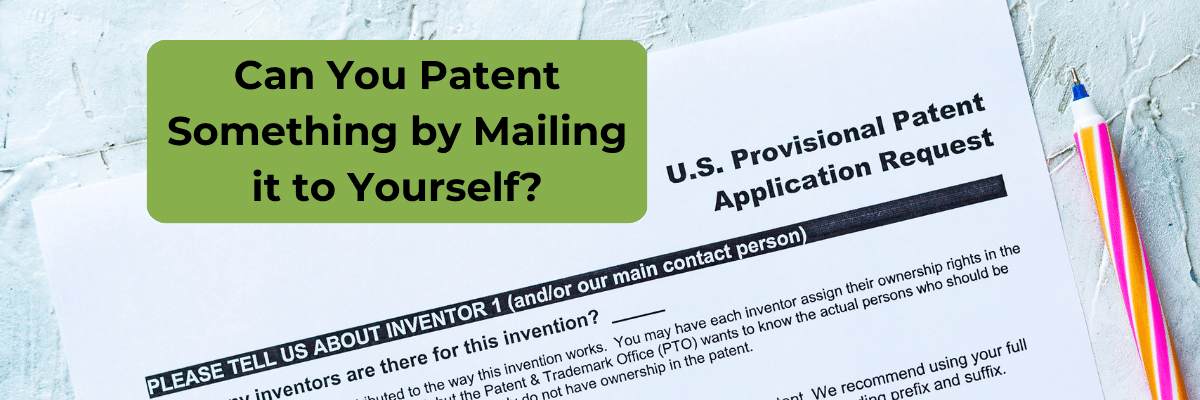Navigating the Patent Application Process to Secure Protection and Privacy for Innovative Products

As an innovator, you may find yourself in the delicate situation of trying to balance the protection of your trade secrets and obtaining patent protection. When developing an innovative product, you may be concerned about obtaining protection for your idea while keeping the details of your invention confidential to prevent copycats.
First, it is important to know that mailing it to yourself, known as the sealed envelope method, is not valid due to the patent laws enacted in March 2013 that also changed the US patent system to operate under a “first to file” rather than a “first to invent” system. In this article, we discuss the patent application process, provisional patent applications, their benefits, and strategies for maintaining control over the disclosure of your ideas.
Understanding Provisional Patent Applications
If you are wondering how do I patent something while protecting my trade secrets, a provisional patent application is a great starting point. This type of application serves as a placeholder that reserves your place in line at the patent office, allowing you to claim priority to the filing date when you later submit a full patent application. This method enables you to maintain privacy while securing patent protection for your idea.
When you file a provisional patent application, the patent office keeps your application confidential and grants you a “patent pending” status for one year. During this time, you must file a non-provisional (full) patent application, which will claim priority to the date you submitted your provisional application. This effectively provides retroactive patent protection.
First-to-File System
The first-to-file system, introduced in 2013, prioritizes the first inventor who files a patent application for an invention. This differs from the previous first-to-invent system, which allowed inventors to submit evidence of their initial conception of an idea, such as the “sealed envelope” method. Under the current patent process, it is essential to file your provisional patent application as soon as possible to secure your place in line.
Strategies for Maintaining Control Over Disclosure
Multiple Provisional Applications: If you are unsure about how to patent something without disclosing all its aspects, consider filing separate provisional applications for each segment of your idea. A non-provisional patent application can claim priority to multiple provisional applications. However, claiming priority to a provisional application makes that application a matter of public record. By dividing your ideas into separate provisional applications, you can decide which segments should become public record when you file a non-provisional application.
Non-Disclosure Agreements (NDAs): Since provisional patent applications are not disclosed to the public, it is crucial to protect your ideas when sharing them with third parties. Use non-disclosure agreements to ensure that any discussions or demonstrations of your ideas remain confidential. If you publicly disclose your idea or offer it for sale, you have one year to file a patent application; otherwise, the idea is considered public record.
Consulting a Patent Attorney
Retaining an attorney with expertise in intellectual property and patent law is an essential first step in protecting your ideas and navigating the patent application process in the United States. An attorney can help you determine the best course of action for your specific circumstances and ensure that your innovative product receives the protection it deserves while maintaining confidentiality.
- USPTO’s Semiconductor Technology Pilot Program - December 18, 2023
- First-Time Filer Expedited Examination Pilot Program (FTEEP) - October 17, 2023
- If You’re Making Your Own Board Game, How Do You Protect Your Idea? - October 10, 2023



